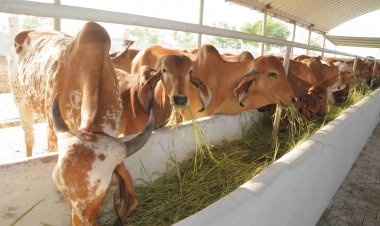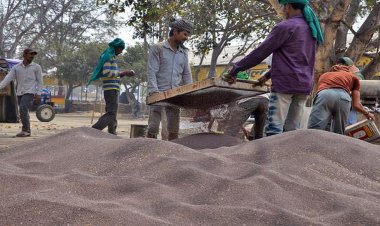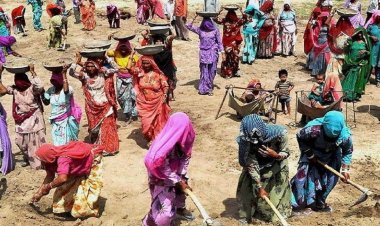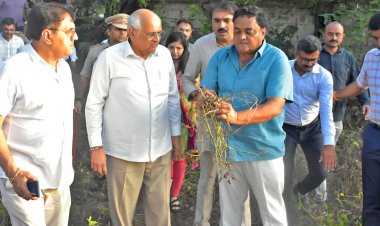Average rural wages increase by more than 4 per cent : DEA report
According to the economic report released by the Department of Economic Affairs of the Union Government in the month of January, the area sown under Rabi crops reached a record high of 701 lakh hectares in 2021-22, 1.5 per cent higher than last year and 15.4 per cent over the normal acreage measured by last 5-year average.
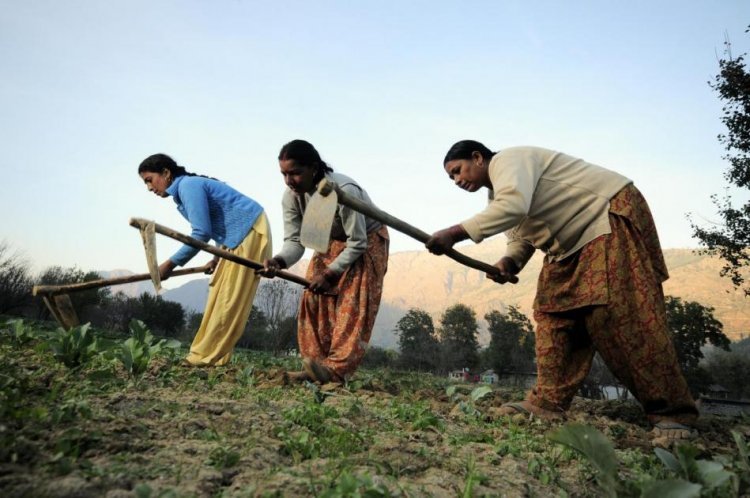
Average rural wages for men and women increased year on year by 4.1 per cent and 4.3 per cent respectively during December 2021, indicative of sustained demand for farm labour as acreages continue to increase. This information is part of the economic report released by the Department of Economic Affairs (DEA) of the Union Government in the month of January.
An additional security of the Mahatma Gandhi National Rural Employment Guarantee Scheme (MGNREGS) for the rural workforce will always be in a ready state of deployment as was the case in the last two years, the report says. It also says that unwavering credit support to agriculture sector continued in December 2021, registering a robust growth of 14.5 per cent compared to corresponding period last year as well as a sequential expansion of 5.5 per cent from November 2021.
According to the report, area sown under Rabi crops reached a record high of 701 lakh hectares in 2021-22, 1.5 per cent higher than last year and 15.4 per cent over the normal acreage measured by last 5-year average. Notably, an increase in acreage of oilseeds by 32.8 per cent over the normal area would also reduce dependence on edible oil imports. The Budget presented on February 1 had mentioned bringing about a comprehensive scheme to increase oilseeds production in the country. Besides, record wheat acreage stands at 13.3 per cent above the normal.
Agriculture sector has been the bright spot throughout the Covid-19 pandemic years, the report says. Agriculture that continues to see a constant increase in net sown area and crop diversification will strengthen food buffers. Generous volumes of procurement at remunerative minimum support prices (MSPs) and income transfers through PM-Kisan will benefit the farmers.
The report says the stock of cereals has gone up to 4.1 times the buffer norms, demonstrating the continued support of MSP, procurement and distribution operations of the government. About 90 lakh farmers have already been benefited from the ongoing Kharif Market Season (KMS) procurement operations, as of 10 February 2022. According to the Union Budget, the procurement of wheat and the estimated procurement of paddy will cover 1,208 lakh metric tonnes from 163 lakh farmers, and Rs 2.37 lakh crore direct payment of MSP value will be made to their accounts.
Coming to agricultural inputs, the fertiliser and tractor sales have been lower than previous years. However, these have not prevented acreage under Rabi from growing as fertilizer stocks and tractor availability with the farmers have proven to be adequate.
The report says that manufacturing and construction will be the “growth drivers”, triggered by the Production-Linked Incentive (PLI) schemes and public capex in infrastructure. However, private consumption will grow cautiously. Growth in exports will sustain provided the global economy does not slow down.
IMF in its January 2022 update has lowered its global growth estimate for 2022. Yet India is the only large and major country listed by the IMF whose growth projection has been revised upwards in 2022-23. The Indian economy had contracted by 6.6 per cent in 2020-21, but it is now projected in 2022-23 to grow the quickest among the league of large nations. The primary reason for this, however, will be the base effect.



 Join the RuralVoice whatsapp group
Join the RuralVoice whatsapp group


















